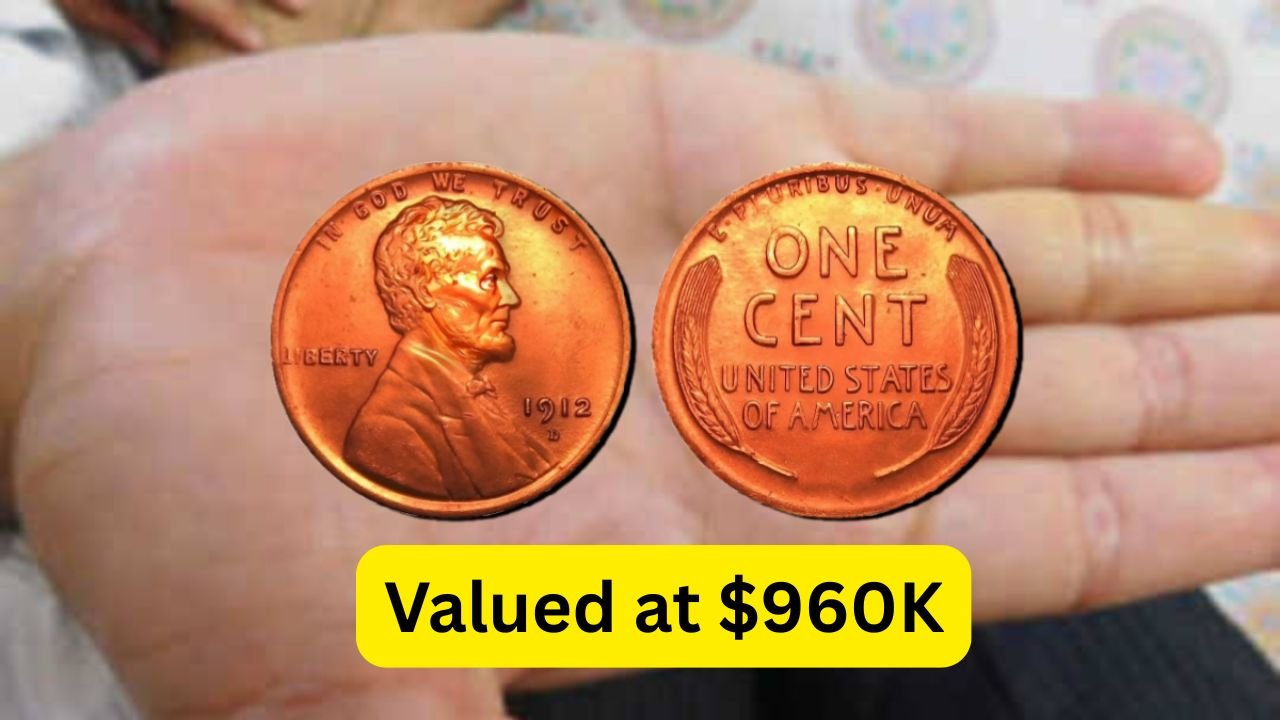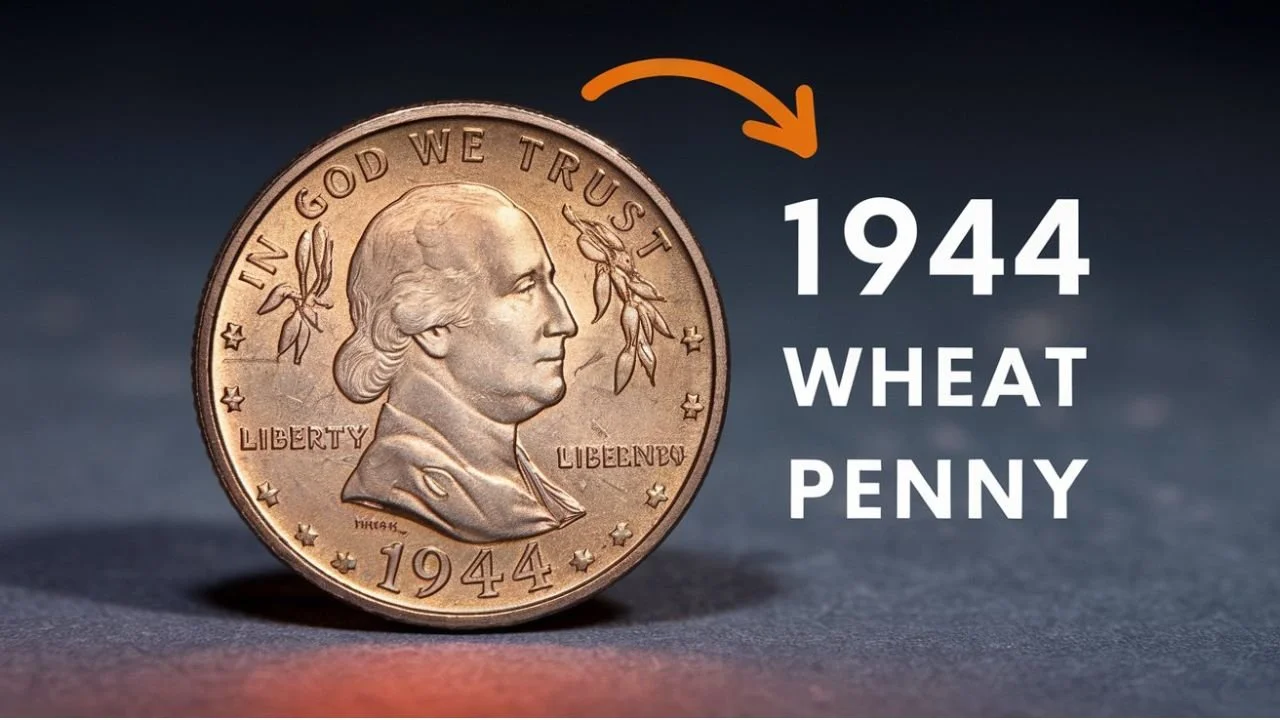The Lincoln Wheat Penny Worth $960k Million, Still in Circulation?
Some coins are more than just spare change. One small penny could hold a big surprise for lucky coin collectors or even someone with a sharp eye at the grocery store. The Lincoln Wheat Penny, a simple one-cent coin, has gained attention recently due to reports that one of these pennies could be worth as much as $960,000.
Yes, you read that right — a coin most people ignore or drop in a tip jar might actually be a rare treasure. This has led to a wave of interest from collectors, history lovers, and everyday people hoping to strike gold in their pocket change.
Let’s dive into the story behind the Lincoln Wheat Penny, what makes it valuable, and how you can identify if you might have one of these rare coins.
The Lincoln Wheat Penny Background
The Lincoln Wheat Penny was first introduced in 1909 to celebrate the 100th anniversary of Abraham Lincoln’s birth. It was the first U.S. coin to feature a real person’s portrait, replacing earlier designs of Lady Liberty and other symbols.
The coin is often called the “Wheat Penny” because of the design on its reverse side — two wheat stalks along the edge. These were minted until 1958, after which the design changed to the Lincoln Memorial.
Though most of these coins are worth only a cent, some specific years, mint marks, and error coins are extremely valuable. One such coin has reportedly sold for $960,000, sparking rumors that more could still be out there in circulation.
What Makes a Penny Worth $960,000?
It’s not just the age that makes a coin valuable. Here are some key reasons why a Lincoln Wheat Penny could be worth such a large amount:
-
Rare Mint Errors: Some coins were accidentally made with mistakes (double striking, wrong metals, missing dates).
-
Limited Mintage: Certain years had very few coins made, making them harder to find.
-
Condition: A coin in mint or uncirculated condition is far more valuable.
-
Unique Characteristics: Unusual coloring, off-center prints, or mismatched designs.
The penny that reportedly sold for $960,000 is believed to be a rare 1943 copper penny, which was made by mistake during World War II when pennies were supposed to be made from steel to save copper for the war effort.
Overview Table: Valuable Lincoln Wheat Pennies
| Year | Mint Mark | Metal Type | Notable Feature | Estimated Value |
|---|---|---|---|---|
| 1909 | S VDB | Copper | Designer initials visible | $1,000 – $10,000+ |
| 1914 | D | Copper | Low mintage from Denver mint | $2,000 – $20,000 |
| 1922 | No D | Copper | Missing mint mark | $5,000 – $30,000+ |
| 1943 | Copper | Copper | Mistakenly made from copper | Up to $960,000 |
| 1955 | None | Copper | Double die obverse | $1,500 – $10,000+ |
How to Spot a Rare Lincoln Penny
If you want to know whether your penny is worth more than a cent, here are a few things to look out for:
-
Check the Year – Anything before 1959 is a Wheat Penny. Pay special attention to years like 1909, 1914, 1922, 1943, and 1955.
-
Look for Errors – Check if the letters look doubled or the mint mark is missing.
-
Check the Mint Mark – A small letter under the date tells you which U.S. Mint made the coin (D = Denver, S = San Francisco, no letter = Philadelphia).
-
Use a Magnifying Glass – Some errors are small. A close-up view can help you see the details.
-
Weigh the Coin – A 1943 copper penny weighs more than a 1943 steel penny. A digital scale can help identify differences.
Are These Pennies Still in Circulation?
Yes, surprisingly, some of these rare coins might still be out there. Most people don’t check their pennies, and these valuable coins can sometimes pass through banks, stores, and vending machines unnoticed.
Although many have already been found and sold at auctions, collectors believe a few may still be in people’s homes, piggy banks, or coin jars. That’s why experts say it’s always worth checking your spare change — just in case.
What to Do if You Think You Found One
If you think you’ve found a valuable Lincoln Wheat Penny:
-
Don’t Clean the Coin – Cleaning can reduce its value.
-
Use a Coin Appraisal Service – Professional graders can tell you the true worth.
-
Take Clear Photos – Zoom in on the date and mint mark.
-
Check Online Auctions – See if similar coins are selling and for how much.
-
Keep It Safe – Use a coin sleeve or small case to avoid damage.
Even if your coin isn’t worth $960,000, it might still bring in hundreds or thousands of dollars, depending on its condition and rarity.
FAQs
1. Why is the 1943 penny so valuable?
The 1943 penny is valuable because it was supposed to be made of steel, not copper. Only a few were made from copper by mistake, making them extremely rare.
2. How can I know if my penny is made of copper or steel?
A simple test is to use a magnet. If the 1943 penny sticks to the magnet, it’s steel and common. If it doesn’t stick, it might be the rare copper version.
3. Can I find valuable pennies in pocket change?
Yes! While rare, valuable pennies sometimes slip through and end up in everyday circulation.
4. Are all Wheat Pennies worth money?
Not all, but many are worth more than one cent. Their value depends on the year, condition, mint mark, and any special features.
5. Where can I sell a rare penny?
You can sell rare pennies through coin dealers, auction houses, online marketplaces, or coin collecting shows. Be sure to get a professional appraisal first.
Final Thoughts
The story of the Lincoln Wheat Penny worth $960,000 is not just about coins. It’s about history, attention to detail, and the thrill of finding hidden treasure. In a world of digital payments and plastic cards, these small copper coins remind us that sometimes, the most valuable things are the ones we overlook.
So next time you get change at the store, take a second to check your pennies — you never know what you might find.




